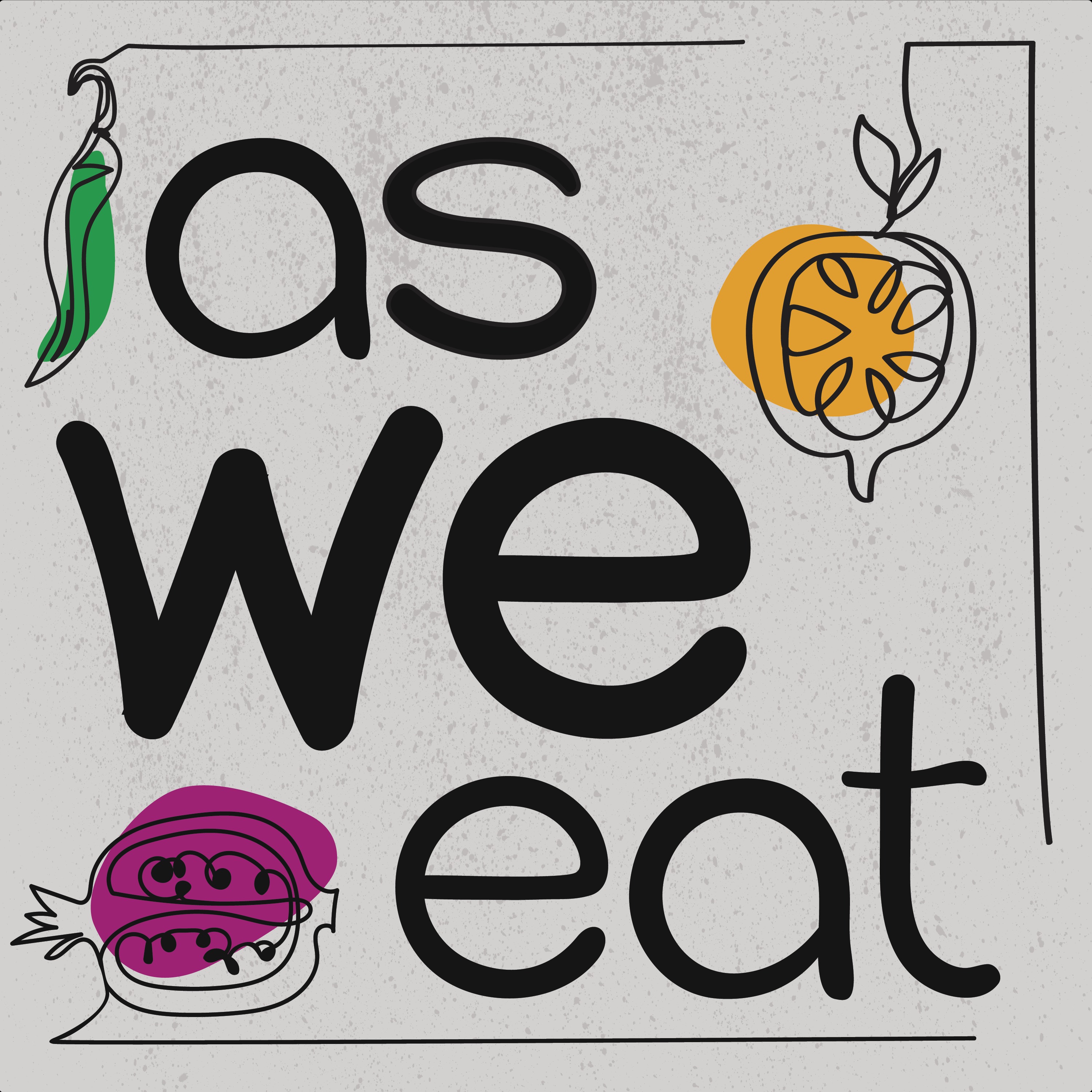EP 53 In Pie We Crust: As We Eat’s 3rd Annual Pie Episode
Pies have claimed their stake at the feast table long before there was a national celebration of Thanksgiving. Largely originating in England, pies both small and large served royals and peasants alike with fillings of meat, fruits, and spices from faraway lands. Immigrants from Great Britain brought pie traditions over the Atlantic and expanded their repertoire with new fruits, nuts, and game. Pecan pie - an American South classic pie - is one such newcomer. As Leigh explains it, the sweet meat inside the hardy nutshell was previously known only to the Native American people inhabiting the pecan’s peak growth areas along the Mississippi River and its tributaries north to Illinois and Iowa and south to the Gulf Coast. Pecans didn’t turn into the pie darling that we love today - the first recipes for pecan pie in the early 19th Century more closely resembled a meringue pie. A certain corn syrup merchant is credited for changing around our conceptualization of what we now consider a classic pecan pie. Curiosity, and a misplaced sense of nostalgia, drew Kim towards a thorough examination of the mincemeat pie. Mincemeat once graced royal coronation tables and has since become synonymous with a well-provisioned Christmas table, so much so that the pastries were once banned by Puritan governments in England and the United States in the 17th Century for being too decadent! These early pies earned their name from the process and product of their creation - minced meats mixed with fruits and spices served up in trencher or coffin pies (named for their shape!) - but have since gone largely vegetarian. Please don’t miss our other episodes devoted to pie:Pie: Crazy Labels, Cockney Rhyming Slang, and Greek Melons (Episode 2)Revisiting Pies: Desperation, Thrift, and Brand Campaigns (Episode 32)And an unique take on mincemeat from our 2021 Alimentary Advent CalendarAlimentary Advent Calendar: Door Number 9 - MincemeatSources We Found Helpful for this Episode The History of Mince Pies - Historic UKThe History of Mincemeat Pies, from the Crusades to Christmas - Smithsonian MagazineWhat The Heck Is Mincemeat? - Farmers' AlmanacBooks We Think You’ll Enjoy ReadingOxford Companion to Food by Alan DavidsonOxford Companion to American Food and Drink by Andrew Smith Art of the Pie: A Practical Guide to Homemade Crusts, Fillings, and Life by Kate McDermottPie Camp: The Skills You Need to Make Any Pie You Want by Kate McDermottMrs. Beeton's Book of Household Management: The 1861 Classic with Advice on Cooking, Cleaning, Childrearing, Entertaining, and More by Isabella Beeton (contains a recipe for mincemeat)Recipes You Really Need to TryPumpkin Pecan Pie from Family SpiceGluten-Free Pecan Pie from Fearless Dining

